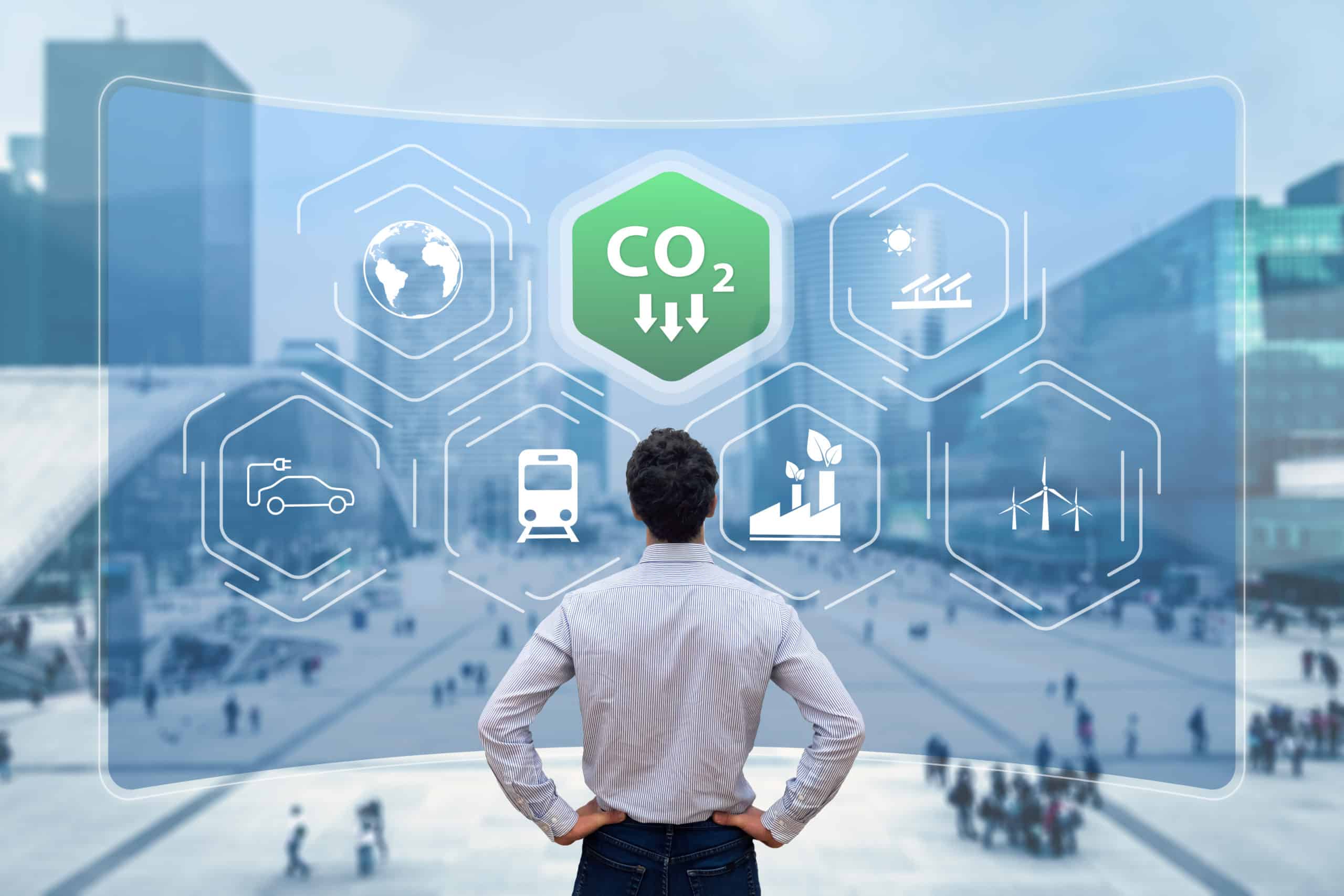Sustainability is viewed in an assumption that resources are finite, and yet resources will not last forever.
Sustainability strives to ensure a balanced consumption of resources to meet present and future generations’ needs. Sustainability has three pillars: economic growth for people, environmental protection for the planet, and social-based profits. Businesses are encouraged not to limit themselves to the upcoming quarter’s earnings but should strive to make long-term plans and strategies to ensure sustainability.
Sustainability management takes the lead in sustainable processes and initiatives within an organization or company. In other words, sustainability management is a resource management technique to ensure that resources’ consumption is sustainable. Sustainable management considers two elements: the level of consumption and the rate of replenishment; and the goal is to keep these two in equilibrium. One example of replenishment can be that for each tree that is cut down, more than one tree must be planted. This example is part of regulations in many countries. Or in another move, when the government plans to increase the fish population, it limits fisheries’ fish catch number.
Coming to Present

Businesses are in traditional models by maximizing profits and then worrying about social and environmental aspects, while it is wise and sustainable to be concerned about society and the environment by developing new practices and policies and then maximizing profits.
The next phase of innovation in management is about sustainability and putting efforts to reduce our carbon footprints in the supply and value chains. Many companies integrate sustainability into their operations by opening sustainability departments to show the public and government that they care about climate change or carbon footprints. However, they are not taking fundamental actions and do not accomplish bold targets in shifting toward a green economy. On the other side of the story, perhaps they intend to change and reduce their negative impact on the environment, but they lack the knowledge and capacity to change. And it is a big challenge for the present and the future.
Sustainability Manager & Implications

The sustainability manager has a prominent role in ensuring that critical factors, present, and future needs, time frame, investors’ interest, and concerns, green technology, stakeholder capitalism, staff’s health and productivity, and social responsibility are considered. Customers and consumers significantly influence a company’s service and/or product, and a sustainability manager must have adequate knowledge about users’ feedback, interest, demand, and behavior.
Sustainability managers have a long way to go with huge responsibility and more to-do lists. They should be effective change managers, and change is followed by time, commitment, and planning. Employees, as normal people, are busy with daily tasks and deadlines to meet, and the manager has the responsibility to bring change slowly but fundamentally and bring their attention, behavior, and way of working toward sustainability.
According to the International Labor Organization (ILO), the labor market can expect 24 million new jobs in the energy sector, electric vehicles, and construction by 2030. However, every development is followed by losing something, and new job creation in one industry will result in losing traditional and old jobs in that sector. Sustainability management career opportunities can be seen in biofuels, recycling, manufacturing, logistics, data science, industrial managers, robotics, and other key areas.
According to Forbes, 21 percent of CEOs believe that businesses can have a significant role in achieving sustainable development goals, but not even half of that 21 percent of CEOs have not integrated sustainability into their operations. This is not favorable and shows less effort from companies’ top management. Business leaders see three challenges that limit their actions: 1) there is pressure on companies to change, but change follows with a price increase, and the public is not happy about the increase in product and/or service price, 2) competition between companies — one company may shift toward sustainability, but other companies may not have the commitment to follow the change, and in the short term the company transforming to sustainability may not perform as it used to, and 3) companies’ potential and capacity is different, and new policy and regulations may affect them negatively.
In the final words, I can say that organizations have been putting efforts to include sustainability in the management system, but it was most of the time to showcase that they comply with regulations. Therefore, a holistic consideration of sustainability in management systems has been neglected. If a brand wants to stay in the market and have the public’s support, it’s better to work hard and integrate practical and sustainable management systems into its working ecosystem. There is also a need to train further employees and upgrade their skills to respond effectively to changes coming their way. We are already late to make the change and transformation for a green and sustainable ecosystem. Let’s promote and act in our workplace, university, and even our home.
Photo: NicoElNino/Shutterstock
[wpedon id=”54320″ align=”right”]
You might also like:
7 Ways How Companies Can Improve Their Sustainability Practices
Support us!
All your donations will be used to pay the magazine’s journalists and to support the ongoing costs of maintaining the site.
Share this post
Interested in co-operating with us?
We are open to co-operation from writers and businesses alike. You can reach us on our email at [email protected]/[email protected] and we will get back to you as quick as we can.










